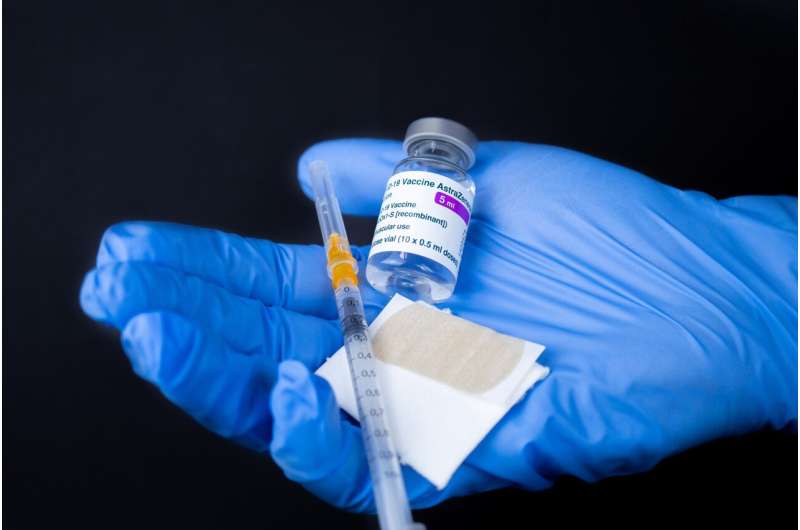Understanding the Rumpelstiltskin Effect as a Therapeutic Tool

The 'Rumpelstiltskin effect' reveals how receiving a clinical diagnosis can itself produce therapeutic benefits, impacting patient well-being beyond specific medical interventions.
Researchers from James Madison University and Case Western Reserve University have identified a phenomenon they term the "Rumpelstiltskin effect," where merely receiving a clinical diagnosis can produce therapeutic benefits, independent of specific medical treatments. This effect highlights how the act of diagnosing itself can influence patient outcomes positively.
Across various medical fields, diagnostic labels—especially those that are descriptive rather than explanatory—can evoke significant psychological and social changes in patients. For instance, medical diagnoses often reduce self-blame, validate experiences, and enhance social support for individuals. In psychiatric settings, official diagnoses such as ADHD or depression often lead to reported improvements in well-being, partially due to the validation and clarity they provide.
The discussed article, "The Rumpelstiltskin effect: therapeutic repercussions of clinical diagnosis," published in the BJPsych Bulletin, explores this phenomenon through systematic reviews, clinical anecdotes, and controlled trials. It outlines five primary ways diagnostic labels affect patients: psychosocial impact, social support, future planning, behavior modification, and treatment expectations.
Further, evidence suggests that diagnoses help validate personal experiences, reduce internalized stigma, and foster acceptance. Notably, even in cases of medically unexplained symptoms, a definitive diagnosis—regardless of whether it leads to a specific treatment—has been associated with better patient satisfaction and outcomes.
The authors argue that the act of diagnosing serves as a therapeutic intervention through multiple pathways: providing a narrative for understanding suffering, enabling social support, invoking the authority and ritual of medicine, and reducing uncertainty. This process can empower patients to exercise greater control over their health.
However, the paper also warns about potential risks associated with diagnosis, such as stigma, social alienation, or internalized limitations, which could counteract the benefits. The manner in which clinicians communicate diagnoses can heavily influence these outcomes.
Overall, the authors suggest that recognizing diagnosis as an intervention with both positive and negative potentials warrants further scientific investigation. Understanding how naming and framing conditions impact patients can improve clinical practices and public health strategies. The concept of the Rumpelstiltskin effect emphasizes the profound influence of words and labels in medicine, extending beyond their scientific basis to their psychological and social repercussions.
Source: https://medicalxpress.com/news/2025-09-rumpelstiltskin-effect-therapeutic-intervention.html
Stay Updated with Mia's Feed
Get the latest health & wellness insights delivered straight to your inbox.
Related Articles
UK Court Dismisses Pfizer and BioNTech's Appeal in COVID-19 Patent Dispute
Pfizer and BioNTech face a legal setback as the UK Court of Appeal upholds a patent ruling favoring Moderna in their ongoing COVID-19 vaccine patent dispute. The decision has major implications for biotech patent rights and vaccine development.
Advanced Imaging Techniques Reveal How Weight Loss Medications Target the Brain and Pancreas
Innovative imaging techniques have provided new insights into how dual-agonist weight loss drugs like tirzepatide target cells in the brain and pancreas, paving the way for improved treatments for obesity and diabetes.
Early Childhood Cognitive Assessments as Predictors of Adult Intelligence and Cognitive Resilience
New research suggests that cognitive assessments in infancy can predict intelligence and cognitive resilience into adulthood, highlighting the importance of early environment and genetics.



